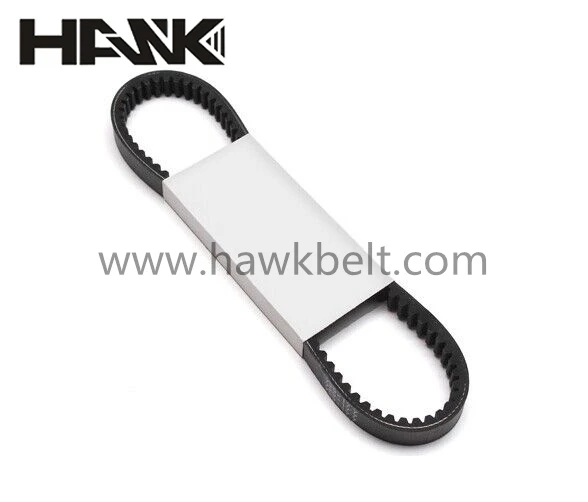- Arabic
- French
- Russian
- Spanish
- Portuguese
- Turkish
- Armenian
- English
- Albanian
- Amharic
- Azerbaijani
- Basque
- Belarusian
- Bengali
- Bosnian
- Bulgarian
- Catalan
- Cebuano
- Corsican
- Croatian
- Czech
- Danish
- Dutch
- Afrikaans
- Esperanto
- Estonian
- Finnish
- Frisian
- Galician
- Georgian
- German
- Greek
- Gujarati
- Haitian Creole
- hausa
- hawaiian
- Hebrew
- Hindi
- Miao
- Hungarian
- Icelandic
- igbo
- Indonesian
- irish
- Italian
- Japanese
- Javanese
- Kannada
- kazakh
- Khmer
- Rwandese
- Korean
- Kurdish
- Kyrgyz
- Lao
- Latin
- Latvian
- Lithuanian
- Luxembourgish
- Macedonian
- Malgashi
- Malay
- Malayalam
- Maltese
- Maori
- Marathi
- Mongolian
- Myanmar
- Nepali
- Norwegian
- Norwegian
- Occitan
- Pashto
- Persian
- Polish
- Punjabi
- Romanian
- Samoan
- Scottish Gaelic
- Serbian
- Sesotho
- Shona
- Sindhi
- Sinhala
- Slovak
- Slovenian
- Somali
- Sundanese
- Swahili
- Swedish
- Tagalog
- Tajik
- Tamil
- Tatar
- Telugu
- Thai
- Turkmen
- Ukrainian
- Urdu
- Uighur
- Uzbek
- Vietnamese
- Welsh
- Bantu
- Yiddish
- Yoruba
- Zulu
Nov . 11, 2024 05:55 Back to list
Durable Neoprene Timing Belts for Reliable Performance in Various Applications
Understanding Neoprene Timing Belts A Comprehensive Overview
Timing belts are essential components in many mechanical systems, playing a pivotal role in synchronizing the movements of various mechanical parts. Among the various materials used to manufacture these belts, neoprene stands out due to its unique properties and benefits. This article delves into the characteristics, advantages, applications, and maintenance of neoprene timing belts, providing a comprehensive guide for those interested in understanding this critical component.
What is Neoprene?
Neoprene, also known as polychloroprene, is a synthetic rubber that was first developed in the 1930s. It is known for its excellent durability, flexibility, and resistance to various environmental factors, including heat, oil, and weathering. These properties make neoprene an ideal choice for manufacturing timing belts, particularly in applications that require consistent performance under diverse conditions.
Characteristics of Neoprene Timing Belts
Neoprene timing belts typically exhibit several distinctive characteristics
1. Durability Neoprene's robust structural integrity allows timing belts to withstand rigorous mechanical stress and extend their service life. 2. Temperature Resistance Neoprene can operate efficiently across a variety of temperatures. This makes it suitable for applications in extreme environments where other materials might fail.
3. Chemical Resistance The ability to resist oils, fuels, and other chemicals further enhances neoprene’s appeal, especially in automotive and industrial applications.
4. Flexibility and Elasticity Neoprene's inherent flexibility allows timing belts to bend easily around pulleys without losing their shape or performance.
5. Low Stretch Unlike some other materials, neoprene timing belts exhibit minimal stretch under load, ensuring precise synchronization of components, which is crucial in timing applications.
Advantages of Neoprene Timing Belts
The use of neoprene for timing belts presents several advantages
- Enhanced Performance The low stretch characteristics ensure that timing belts maintain their tension over time, enhancing performance and reliability in synchronized systems. - Cost-Effectiveness Neoprene timing belts offer a good balance between performance and cost, making them a preferred choice for many manufacturers looking to optimize production without compromising quality.
- Versatility Neoprene timing belts can be designed for a wide range of applications, including automotive engines, industrial machines, and various consumer products. This versatility makes them a popular choice across multiple industries.
neoprene timing belt

- Reduced Maintenance With higher durability and resistance to wear and tear, neoprene timing belts often require less frequent replacements and maintenance, reducing downtime and operational costs for businesses.
Applications of Neoprene Timing Belts
Neoprene timing belts are utilized in a multitude of applications, including
- Automotive Industry In vehicles, neoprene timing belts are critical for synchronizing the crankshaft and camshaft, ensuring optimal engine performance.
- Industrial Machinery Many industrial machines rely on neoprene timing belts for accurate movement transfer between components, which is vital in conveyor systems, robotics, and manufacturing machinery.
- Household Appliances Neoprene timing belts can also be found in household devices like washing machines, dryers, and printers, where they help in synchronizing components.
Maintenance Tips for Neoprene Timing Belts
To ensure the longevity and proper functioning of neoprene timing belts, regular maintenance is essential. Here are some tips
1. Regular Inspections Periodically check the timing belt for signs of wear, cracking, or fraying. Early detection can prevent larger problems down the line.
2. Check Tension Ensure that the belt is properly tensioned. An overly tight or loose belt can lead to reduced efficiency and increased wear.
3. Environmental Considerations Keep the vicinity of the belt free from excessive heat, chemicals, and debris that could affect its performance.
4. Follow Manufacturer Guidelines Always adhere to the specific maintenance recommendations provided by the manufacturer to maximize the lifespan of the timing belt.
Conclusion
Neoprene timing belts represent a vital component in the machinery and automotive sectors, offering durability, flexibility, and reliability. Their unique material properties make them suitable for a wide range of applications, ensuring precise synchronization where it is most needed. By understanding the characteristics, advantages, and maintenance requirements of neoprene timing belts, users can make informed decisions that lead to enhanced performance and reduced operational costs. Whether in industrial machinery or automotive engines, neoprene timing belts play an indispensable role in the smooth operation of countless devices and systems worldwide.
-
Upgrade Power Steering Pump Belt for Smooth, Quiet Operation
NewsAug.27,2025
-
Precision Timing Belt & Chain: Engine Performance & Durability
NewsAug.26,2025
-
Precision Lathe Drive Belts: Durable & Reliable Performance
NewsAug.25,2025
-
84.5 Serpentine Belt: Durable & Precision Fit for Your Engine
NewsAug.24,2025
-
Premium Ribbed Drive Belts for Quiet Power Transmission
NewsAug.23,2025
-
High-Performance Vehicle Timing Belt for Engine Precision
NewsAug.22,2025

